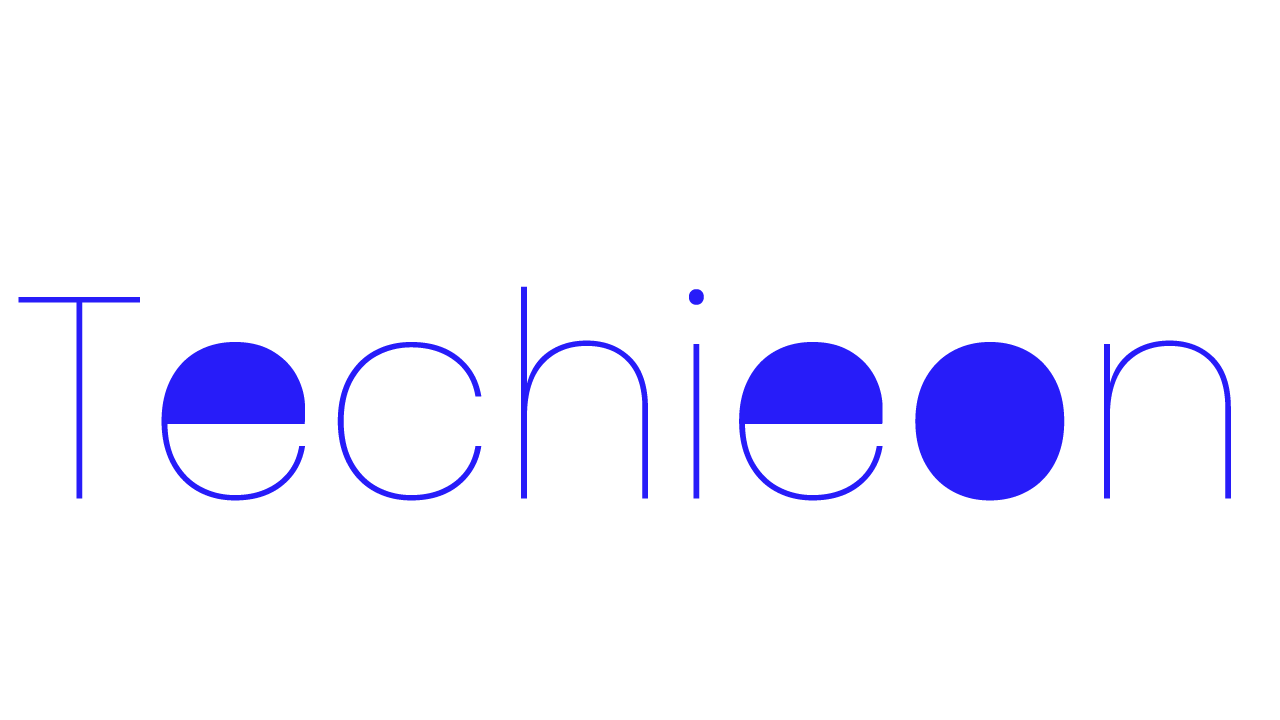Introduction: The Influencer Marketing Crossroads
In the ever-evolving landscape of digital marketing, influencer collaborations remain a powerful tool. However, the choice between micro-influencers (those with smaller, highly engaged followings) and macro-influencers (those boasting millions of followers) presents a strategic dilemma for brands in 2025. This article delves into the ongoing debate, examining the strengths and weaknesses of each approach to help you determine the best fit for your marketing objectives.
Understanding Micro-Influencers: The Power of Niche Engagement
Micro-influencers, typically possessing anywhere from 1,000 to 100,000 followers, often cultivate highly engaged and loyal communities. Their influence stems from authenticity and a strong connection with their audience, built upon shared interests and values. This translates to higher engagement rates compared to macro-influencers, meaning a greater likelihood of conversions and brand recall. Moreover, collaborations with micro-influencers tend to be more affordable, making them an attractive option for brands with tighter budgets.
The Macro-Influencer Appeal: Reaching Wider Audiences
Macro-influencers, with follower counts exceeding 1 million, provide access to vast audiences. Their reach can significantly boost brand awareness and visibility, particularly beneficial for launching new products or expanding into new markets. While engagement rates may be lower than with micro-influencers, the sheer volume of potential customers reached can outweigh this factor for certain brands and campaigns. This broader reach often justifies the higher cost associated with collaborating with macro-influencers.
Key Considerations: ROI, Authenticity, and Brand Alignment
Choosing between micro and macro-influencers requires careful consideration of several factors. Return on investment (ROI) is paramount. While macro-influencers offer potential for massive reach, the cost per engagement might be higher than with micro-influencers. Authenticity is equally crucial. Micro-influencers, often perceived as more genuine, can build stronger trust with their audience, leading to more persuasive endorsements. Finally, ensure alignment between the influencer’s persona, values, and your brand’s identity. A mismatched partnership can negatively impact brand perception.
Analyzing Engagement Metrics: Beyond Follower Count
The number of followers shouldn’t be the sole determinant in your influencer selection. Focus on engagement metrics such as likes, comments, shares, and click-through rates. A micro-influencer with a high engagement rate may yield a better ROI than a macro-influencer with low engagement, despite a smaller reach. Analyze past campaign data from similar influencers to predict the success of potential partnerships.
The Hybrid Approach: Leveraging Both Micro and Macro Influencers
A synergistic approach, combining both micro and macro-influencers, can deliver optimal results. Use macro-influencers to generate widespread brand awareness, then leverage micro-influencers to nurture leads and drive conversions within specific niche markets. This strategy allows you to reach a broader audience while maintaining a high level of engagement and authenticity.
Future Trends in Influencer Marketing for 2025
The landscape of influencer marketing is constantly shifting. In 2025, we can expect a continued focus on authenticity, transparency, and data-driven decision-making. Brands are increasingly prioritizing measurable results and integrating influencer campaigns seamlessly into broader marketing strategies. The rise of short-form video and interactive content will also shape the future of influencer partnerships.
Conclusion: Strategic Selection for Success
The choice between micro and macro-influencers isn’t a matter of one being definitively superior. The optimal strategy depends on your specific brand goals, budget, target audience, and the desired ROI. By carefully considering engagement rates, authenticity, and brand alignment, you can select the right influencers to amplify your marketing message and achieve lasting success in 2025 and beyond.








